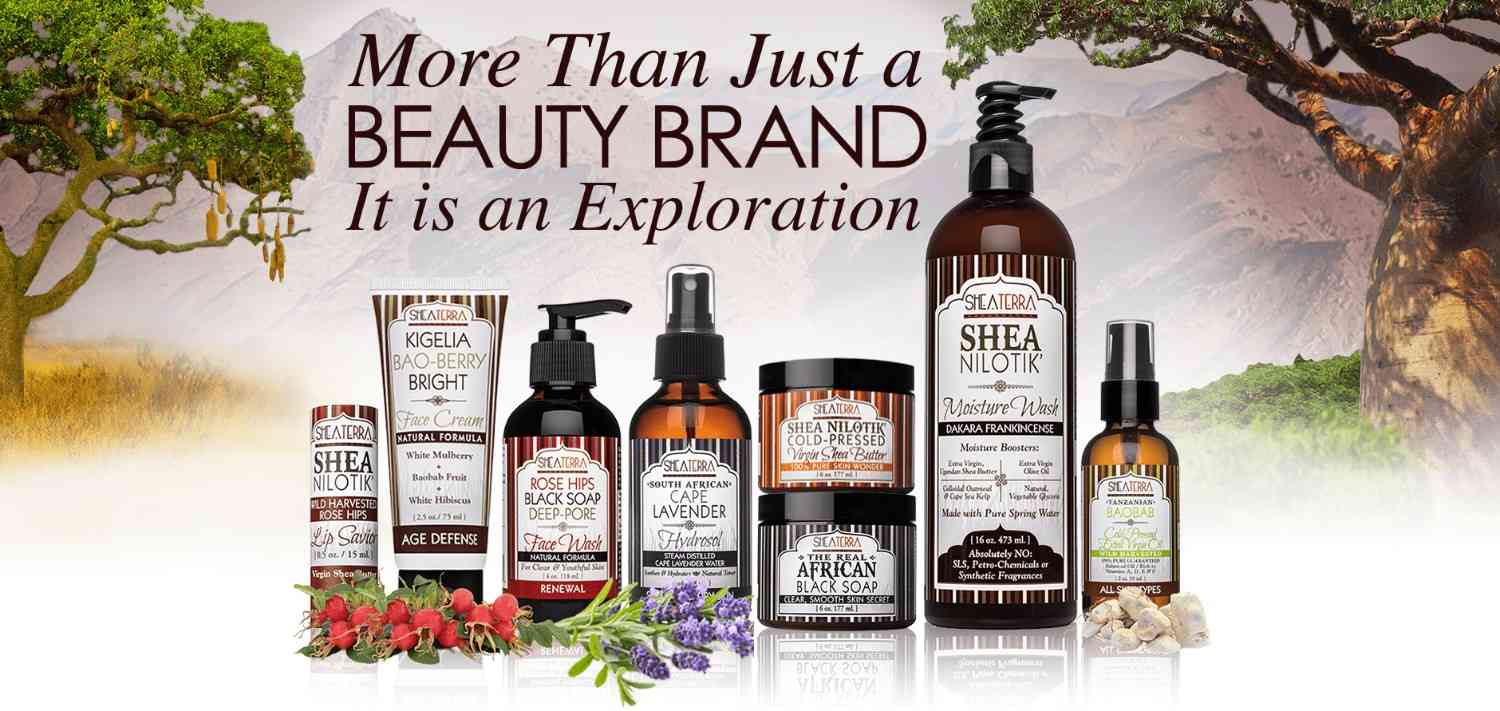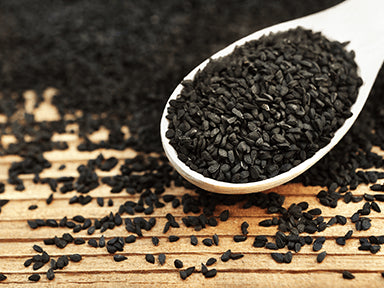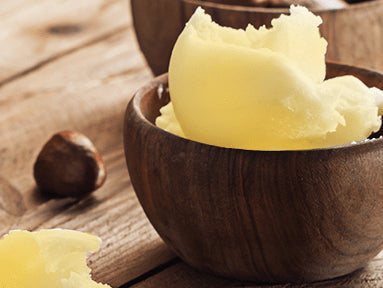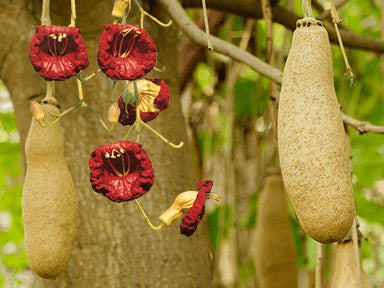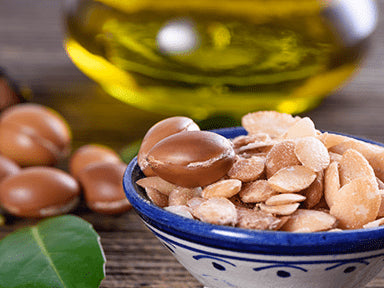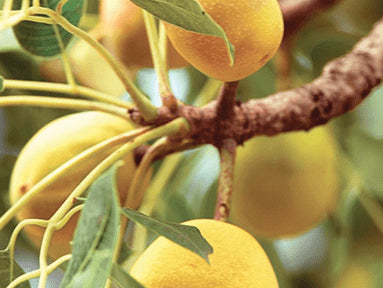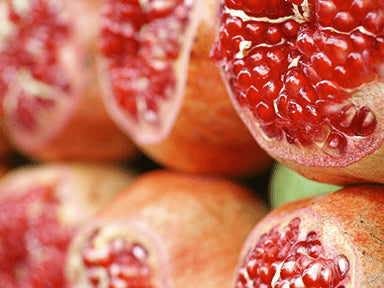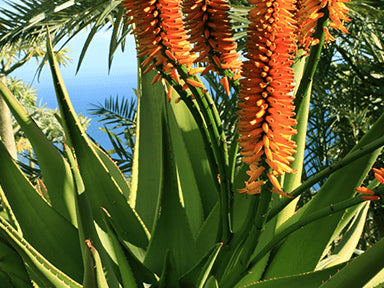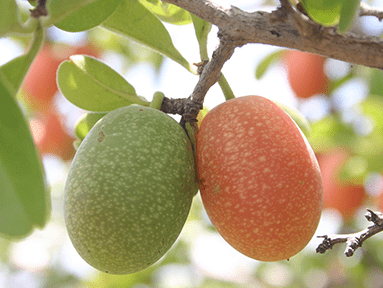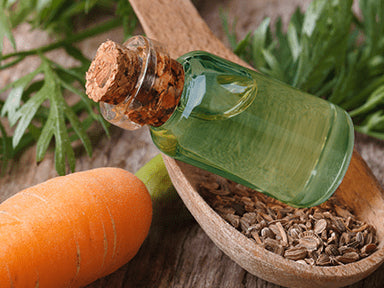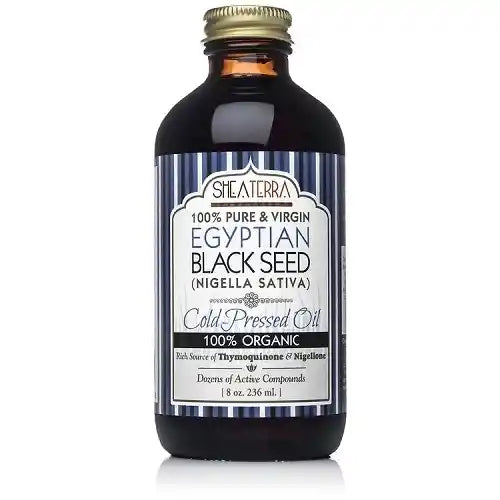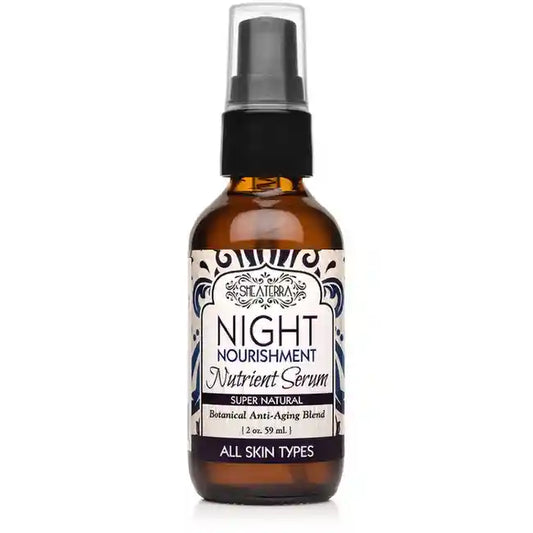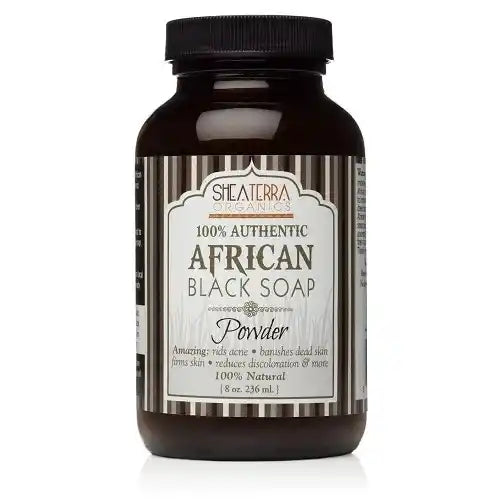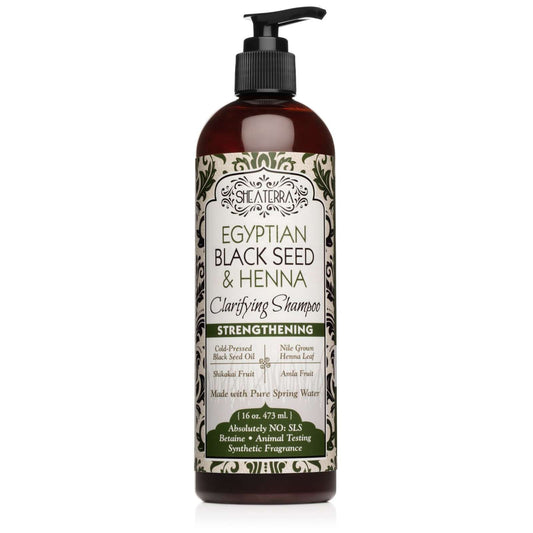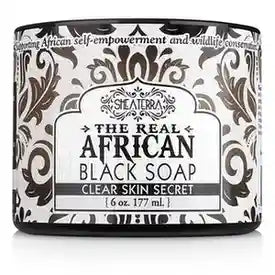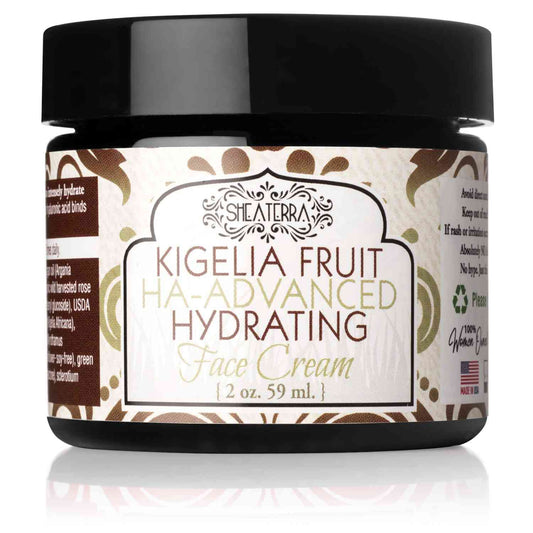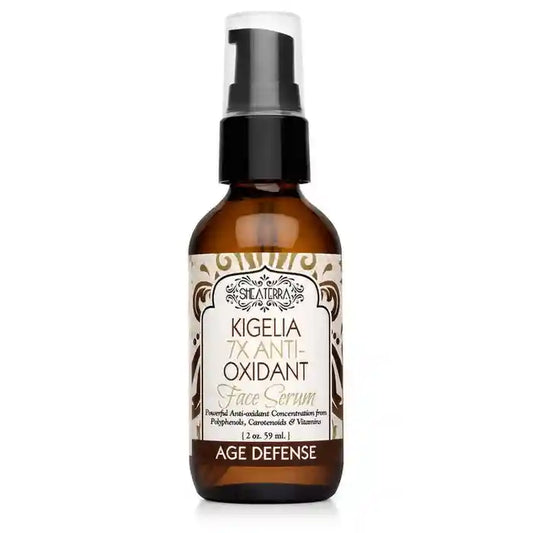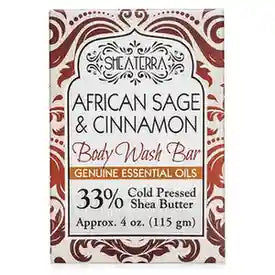Ever since I was a little girl I have had a soft spot for human and wildlife suffering. I spent many hours amongst the wildlife whether it was under our Florida trailer collecting garter snakes or in the blackberry thicket nearby our apartment. Television shaped my young consciousness. I often watched programs on endangered wildlife and the threats of dwindling ecosystems. Whenever I could sneak a peek I would watch Feed the Children, a program which showed starving children in underdeveloped countries. Seeing young children with bloated bellies had a lasting impact on me. The mages of parents crying as they held their starving children has stuck with me to this day. My young mind couldn’t understand why Feed the Children didn’t create jobs for these families so that they could feed their own children, and so I said to myself that one day I was going to do just that.
No, when I was 18 I developed a clothing company. By this time I had visited the village in Pakistan that my husband grew up in. From the moment I got on the plane from Dubai to Pakistan the sights and smells of poverty were overwhelming. I literally broke down crying on the airplane. Seeing the poverty of some of my own family members in Appalachia did not prepare me for what I saw in Pakistan. We set up clothing manufacturing there with hopes of being able to make real monetary differences for some of the world’s poorest people. The company proved to be highly stressful for me and I shut it down a few years later. But what I learned was invaluable. I learned how to import, manufacture and market products. In those days we didn’t have internet so I had to hand make my own catalogs. These survival woman’s skills became valuable when I was ready to launch Shea Terra.
My first company was so stressful that I said I would never start another company, and by the way- I meant it! Right before I launched Shea Terra I was a part-time to full time college student. I already had seven children and about to have my eighth. I homeschooled all of my children and since my husband was in his medical residency I basically had no help. With a growing family I was very concerned about being able to provide for my family if anything, God forbid, happened to my husband. I then started thinking about ways to earn some extra income for my family. I remembered back to my childhood promise that I would one day create jobs so that others can provide for their own families. But what could I possibly do? I knew that any company that I started had to incorporate everything I believed in. It had to be natural, and it could do no harm to the environment or indigenous ecosystems. I thought back to all my teenage experiences preparing young ladies for their weddings. I thought back to the attar wallas in Pakistan selling fragrant oils of zafran and hina. I thought back to the shea butter of the women of African diaspora in our local DC mosques. Shea Terra had been growing inside of me all these years and it was time to share it with the world.
When I first started the company in 1999, it wasn’t a shea butter company at all. I was selling a variety of beauty rituals from different countries. I was selling attars from India, henna from Iran, black seed oil from Egypt, and shea butter from Ghana. My idea was to offer these beauty ingredients at prices that everyone could afford so that I could share these natural gems with as many people as possible. I also wanted for the suppliers to be able to sell more of their good s and make more money. In West Africa the women had mounds of shea butter that they could not sell. The butter was so cheap. A kilo of shea butter could be purchased from middle men for $1.50 a kg. But shea butter in Europe and US was being sold for astronomical prices- $40 for a four oz. jar and about $20 a lb. for bulk. I once met a woman who told me that she purchased a one oz. jar of shea butter for $100 because she needed it for her son’s psoriasis. Customers flocked to us for our incredibly low shea butter prices. We barely sold any of the other items, and so I decided to rebrand the company to African Shea Butter Co. While I was pleased to focus on shea butter for my brand, I was disappointed that I wasn’t keeping with my original vision of working with as many communities as possible. I also realized that in the next three years every big beauty name was going to jump on the shea butter band wagon. I looked for a way to incorporate my original vision while promoting the love of my life, shea butter. I was so excited when I came up with the name Shea Terra. With the name terra, meaning earth, I could incorporate the numerous miracle ingredients into our shea butter line.
When I started African Shea Butter Company there was only one company using the word organics, and that was Aubrey Organics. Aubrey was a very kind visionary. I modeled my products after his all natural formulas. Organic was not really a thing back then. When I rebranded to Shea Terra Organics about two other companies started using the word organics at about the same time. So at that time there was about four of us. Our early products were mostly organic, but this greatly limited us. I had a lady in Namibia, a good friend of mine, who could not afford to certify her marula oil as organic. I decided I would use her oil anyhow and just let everyone know that it was wild harvested, but not certified organic. Over the years, however, organics has become so overused and abused that I have become very disillusioned with the term. There is so much fraud when it comes to organics that I have decided to take the name off our brand.
There are so many. I’ll try to remember a few. When I started Shea Terra Organics “green beauty” was not a thing. It was very, very difficult trying to convince women that their beauty products were not only bad for them, potentially cancer causing, and bad for the environment, but that they could actually make their skin age faster. My biggest competitor was not a natural brand, it was a large chain of bath and body products with nice packaging and a variety of enticing fragrances. I had the challenge of creating a natural line that would appeal to women who were accustomed to artificial skin care. One of the thing that I had to do was to teach women that oils were actually good for their skin. I introduced new oils never sold before in the US like argan oil in 2003 preceded by marula, baobab, mongongo and black seed. When I made my first formulas I realized that if I put a high enough concentration of butter or oil I didn’t need thickeners like stearic acid so I started the whole “NO FILLERS” for skin and body care. I also introduced a lip balm manufacturer to the use of stevia to sweeten lip balms. This is also something that had never been done before. Because I was often the first to introduce new ingredients, the names that I coined have become industry standard- Moroccan lava clay, shea nilotica, and Kalahari melon are just a few. In addition, I started the whole black face care product trend. Several years back we gave 100,000 Rose Hips Black Soap Face Washes to Birch Box. Users were told to use as a mask before washing off. Soon thousands of women were taking pictures with a black mask on their face. This was unheard of. A black mask? Eventually charcoal was used to produce black masks and black soap products, but nothing replaces the original African Black Soap.
Yes, I have “been natural” from the time I was able to start reading and understanding labels. My mother was a single mother. I remember being at the store with her and she would be calculating every single penny. I was about seven or eight years old when I would pick up containers and say, “Look, mom, this one says artificial flavors, and this one says natural. Why don’t you get this one?” I was never paid any mind to. I was never allowed to use my mom’s creams, deodorants etc. so I had to improvise. I found out early in life that kitchen oil can cover up ashy legs and even removed eye make-up. I also learned not to believe everything in magazines. Mayonnaise in hair was NOT a good idea. When someone gave me money to get my first lotion I bought a stick of cocoa butter. It didn’t work either but was a step in the right direction. If they only had some shea butter back then! Who was your hero growing up? Jane Goodall was my ultimate hero growing up. I was fascinated by her travels and ability to communicate with the animals. I watched as many documentaries on her work as was available. Today I can appreciate all that she did to educate the rest of the world about the importance of habitat conservation. In fact, she inspired a lovely biologist I work closely with. He now creates economic opportunities within communities by using indigenous ingredients to fund and encourage habitat conservation. Shea Terra uses several ingredients from his projects.

